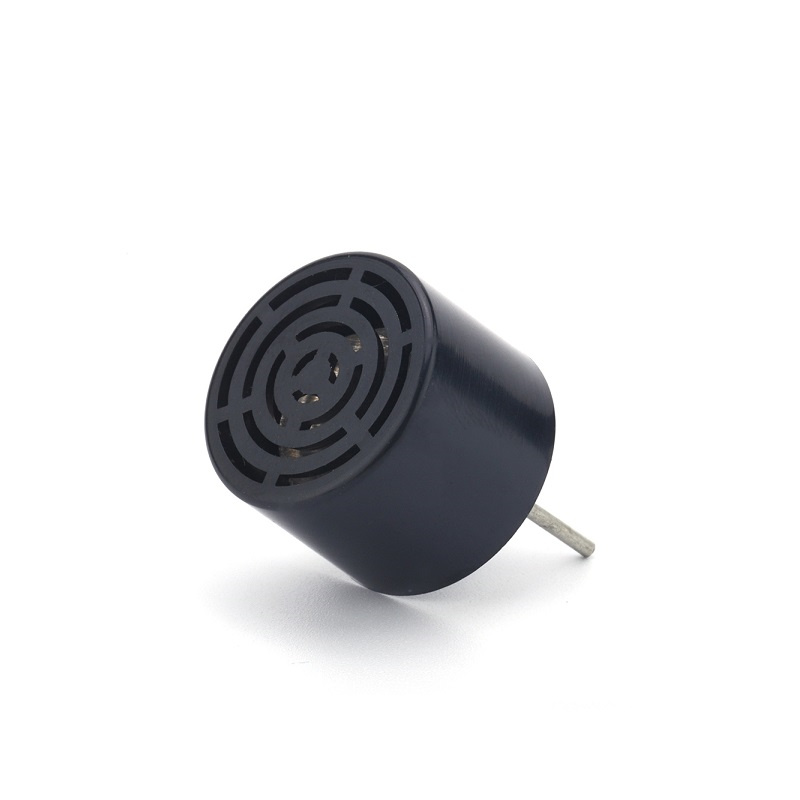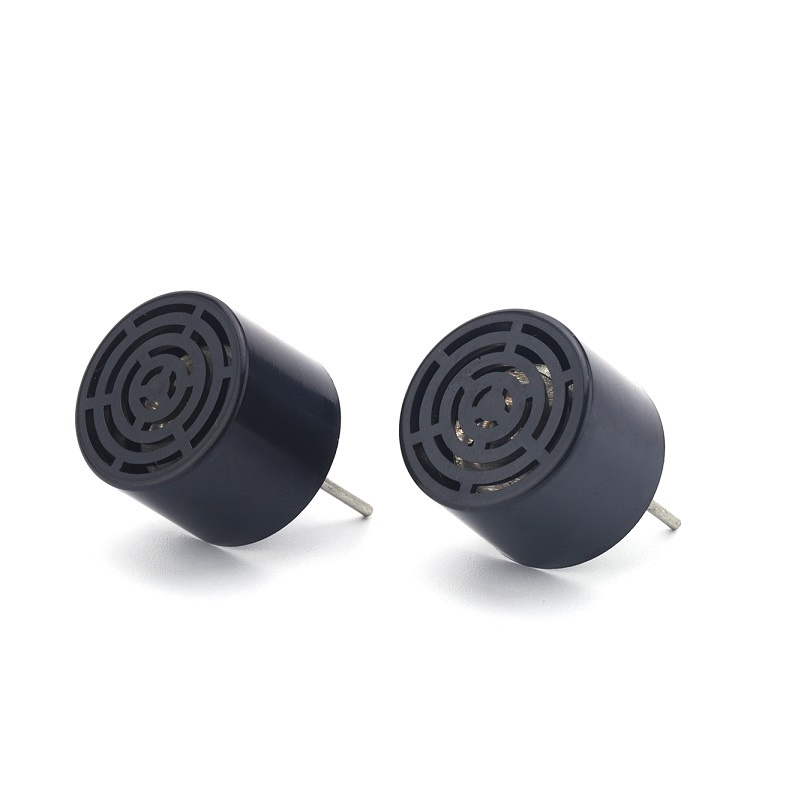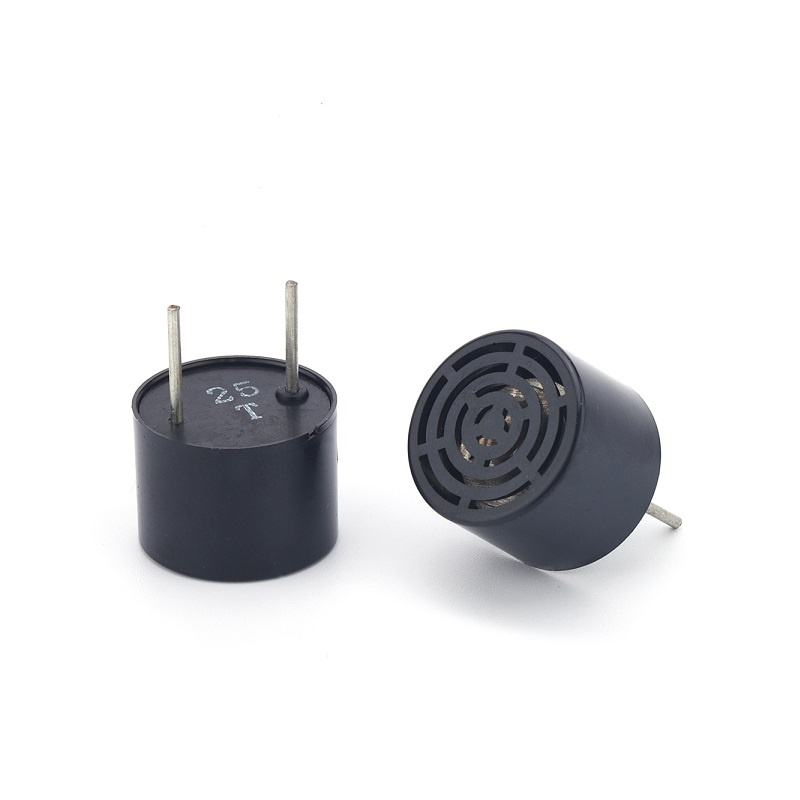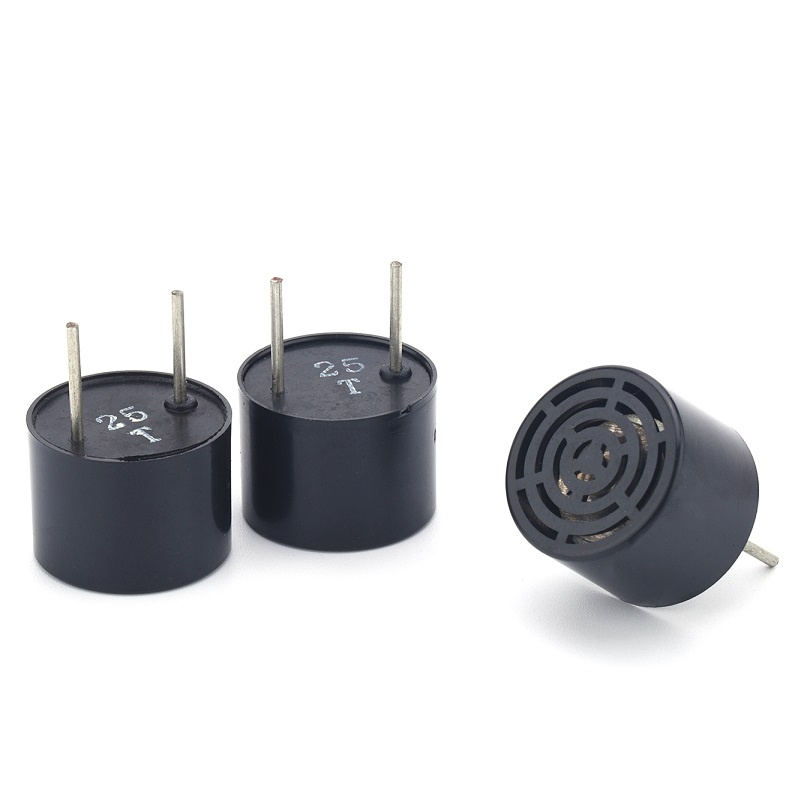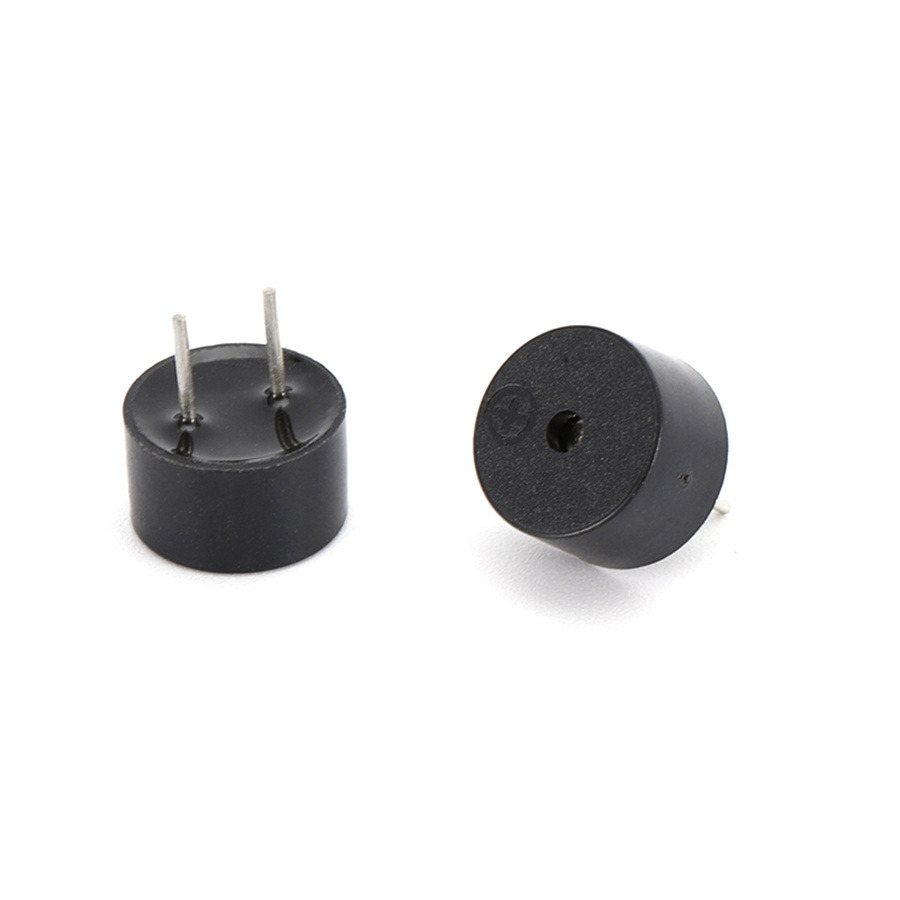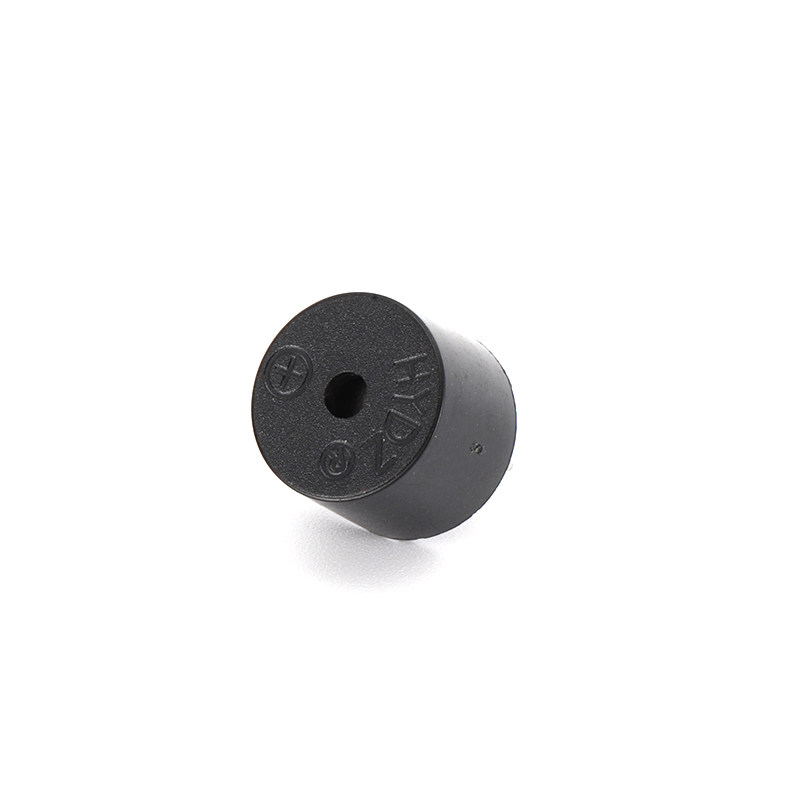25KHZ 16mm piezoelectric ultrasonic sensor
Features
1.1) Open structure
1.2) Compact and light weight
1.3) High sensitivity and sound pressure
1.4) Less power consumption
1.5) High reliability
1625T Ultrasonic transmitter are core part of a electronic insect repellent instrument which uses a high-frequency ultrasonic circuit with a sweeping frequency to generate 22-55KHZ sweeping frequency ultrasonic waves. Scientific research has found that pests such as mosquitoes, cockroaches, and mice can cause disruptions in their endocrine system and physiological functions within this frequency range, thereby achieving the effect of repelling and killing.
Characteristics
|
No. |
Item |
Unit |
Specification |
|
1 |
Construction |
Open |
|
|
2 |
Using method |
Transmitter/Receiver |
|
|
3 |
Nominal Frequency |
Hz |
25±1.5K |
|
4 |
Sensitivity |
≥-68V/u Mbar |
|
|
5 |
S P L |
dB |
≥118(10V/30cm/sine wave) |
|
6 |
Directivity |
60deg |
|
|
7 |
Capacitance |
pF |
2500±20%@1KHz |
|
8 |
Allowable input voltage |
Vp-p |
150(40KHz) |
|
9 |
Detectable range |
m |
10 |
|
10 |
Operating Temperature |
℃ |
-40….+85 |
Drawing (Mark: T transmitter, R receiver)
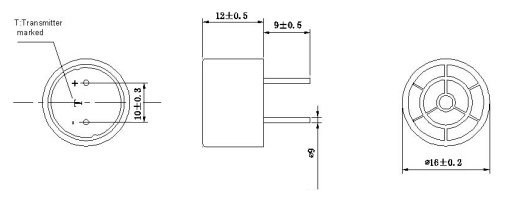
Introduction to Ultrasonic Sensors
Ultrasonic sensors are sensors developed using the characteristics of ultrasound. Ultrasonic sensors utilize the piezoelectric effect of piezoelectric ceramics. When an electric signal is applied to a piezoelectric ceramic plate, it will deform, causing the sensor to vibrate and emit ultrasonic waves. When ultrasound hits an obstacle, it reflects back and acts on the piezoelectric ceramic plate through the sensor. Based on the inverse piezoelectric effect, the ultrasound sensor generates an electrical signal output. By utilizing the principle of constant propagation speed of ultrasonic waves in the same medium, the distance between obstacles can be determined based on the time difference between transmitting and receiving signals. Ultrasonic waves will generate significant reflection echoes when they come into contact with impurities or interfaces, and Doppler effects when they come into contact with moving objects. Therefore, ultrasonic sensors are widely used in industries, civilian use, national defense, biomedicine, and other fields.
Applications
1. Automotive anti-collision radar, ultrasonic ranging system, ultrasonic proximity switch;
2. Remote control devices for household appliances, toys, and other electronic devices;
3. Ultrasonic emission and reception devices for anti-theft and disaster prevention equipment.
4.Used to drive away mosquitoes, insects, animals, etc.


